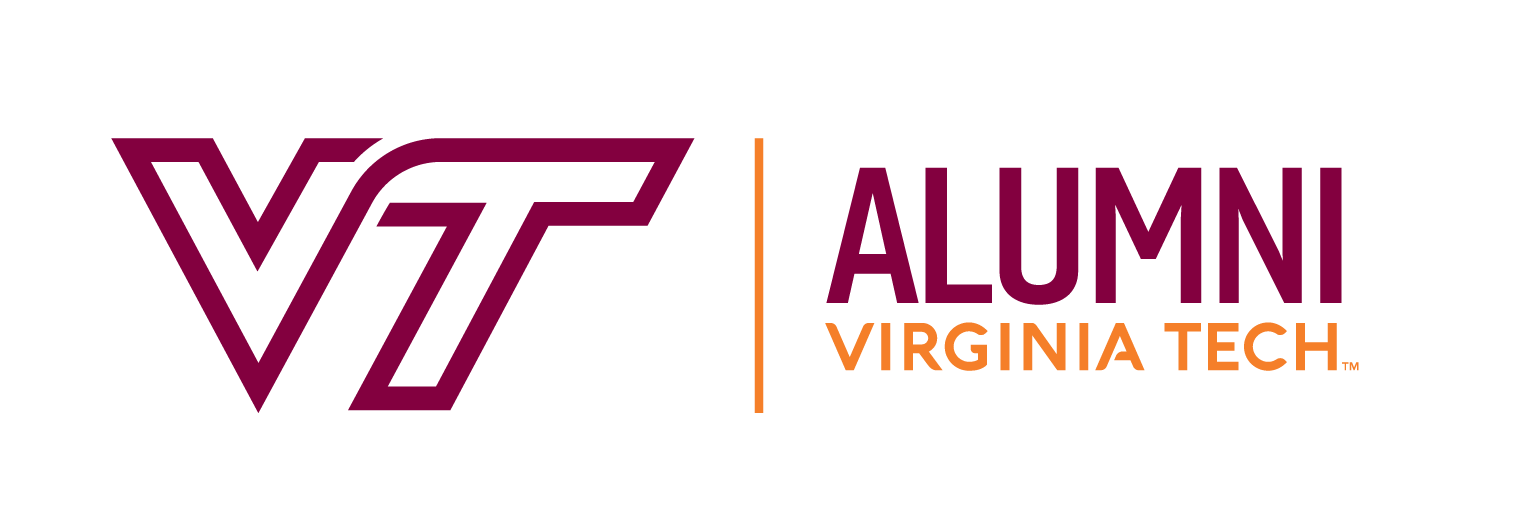
Growth is good. And for Virginia Tech, this is not only evident in the record surge of first-year students who landed in Blacksburg last month.
In his fourth State of the University address on Friday afternoon, President Tim Sands explained to the campus and community crowd that Virginia Tech’s growth is happening in many ways and in many places.
“Today, the university we imagined is taking shape right before our eyes,” he said from the Anne and Ellen Fife Theatre stage at the Moss Arts Center in Blacksburg.
During the address, Sands, who this year marks his fifth year as Virginia Tech’s president, highlighted the university’s expanding work in Blacksburg, Roanoke, the greater Washington, D.C., metro area, and across the state. Through live video and a large screen, he also spoke with faculty, a student, and a software company leader who are working in these areas.
In Blacksburg, changes are underway to prepare the university for one of its milestone goals — to have 30,000 undergraduate students by 2023. Some of the campus upgrades include renovations to Holden Hall, War Memorial Hall, and portions of McComas Hall; construction of a multi-modal transit facility on Perry Street; and a new Creativity + Innovation District on the east side of campus. The district, which reflects Virginia Tech’s Creativity + Innovation Destination Area, will include a new residence hall and two living-learning communities for students interested in the arts and entrepreneurship. Destination Areas, put in place by former provost Thanassis Rikakis, are academic and research groups that cross multiple disciplines.
Sands addressed the higher-than-expected number of first-year Hokies who started classes last month, and he thanked the campus and community, including the Town of Blacksburg, for work preparing for these new Hokies.
“The surge will have an impact on all of us this year,” Sands said. “However, if we manage it properly, and I believe we are, we’ll have 1,000 more Hokies in our community, and that’s a good thing because Hokies change the world.”
The university’s growth stretches beyond Blacksburg. In Roanoke, a new research building will open next year at the Fralin Biomedical Research Center at VTC; in Hampton Roads, a new Tech Center opened last month; and in Alexandria, plans for the Virginia Tech Innovation Campus are moving forward, with the first master’s program set to begin this spring, pending approval by the State Council of Higher Education for Virginia.
During the address, Sands talked with Sanju Bansal, co-founder of the software company, MicroStrategy, who spoke via live stream from his Alexandria office about the benefit of the Innovation Campus in a region that lags behind other large cities as a digital product economy.
“Having more computer science graduates coming out of the Innovation Campus and feeding into the economy will help spur product innovation, and I’m really hopeful that it will help grow the next Microsofts and Googles in our backyard,” Bansal said.
These initiatives and others follow Virginia Tech’s Beyond Boundaries vision, its foundation for the future. To coincide with it, Virginia Tech developed a new strategic plan this year. The plan puts in place four university priorities — advance regional, national, and global impact; elevate the Ut Prosim (That I May Serve) difference; be a destination for talent; and ensure institutional excellence.
Sands discussed each priority during the address, touching on specific initiatives for each. One is the future Smart Farm Innovation Network. It will connect Virginia Tech researchers and Virginia Cooperative Extension specialists with industries to find ways to improve the agricultural and natural resources economy through technology.
Robin White, an assistant professor of animal and poultry sciences, spoke with Sands and the audience live from a barn at the Middleburg Agricultural Research and Extension Center, one of the university’s 11 ARECs. A horse joined her on camera and wore a smart halter, which has a sensor to track movement, eating patterns, and more.
White said she is excited about the Smart Farm Innovation Network, because “it really contributes to the state’s interest in enhancing rural connectivity.”
Also, Virginia Tech remains committed to increasing the diversity of its student body and eliminating disparities in the university experience, another priority in its strategic plan. It is moving closer to one of its goals — to enroll 40 percent of Hokies who are underrepresented and underserved, including first-generation and low-income students and veterans. Currently, Virginia Tech is near 35 percent, Sands said.
Provost Cyril Clarke also spoke Friday about the importance of attracting top-notch faculty to Virginia Tech, another strategic plan priority. In the past year, the university has hired more than 175 instructional faculty, and Clarke named several who have received noteworthy awards for research and scholarship.
Virginia Tech’s bold plans require funding. Sands pointed out a major fundraising goal — to increase the percentage of Hokies who give to their alma mater. Also, this fall, Virginia Tech will launch a new fundraising campaign to support its future vision.
“There has never been a more important time for our alumni, friends, partners, and employees to invest in our success,” Sands said. “We have an opportunity to do something great — for higher education, our commonwealth, our communities, and each other.”
